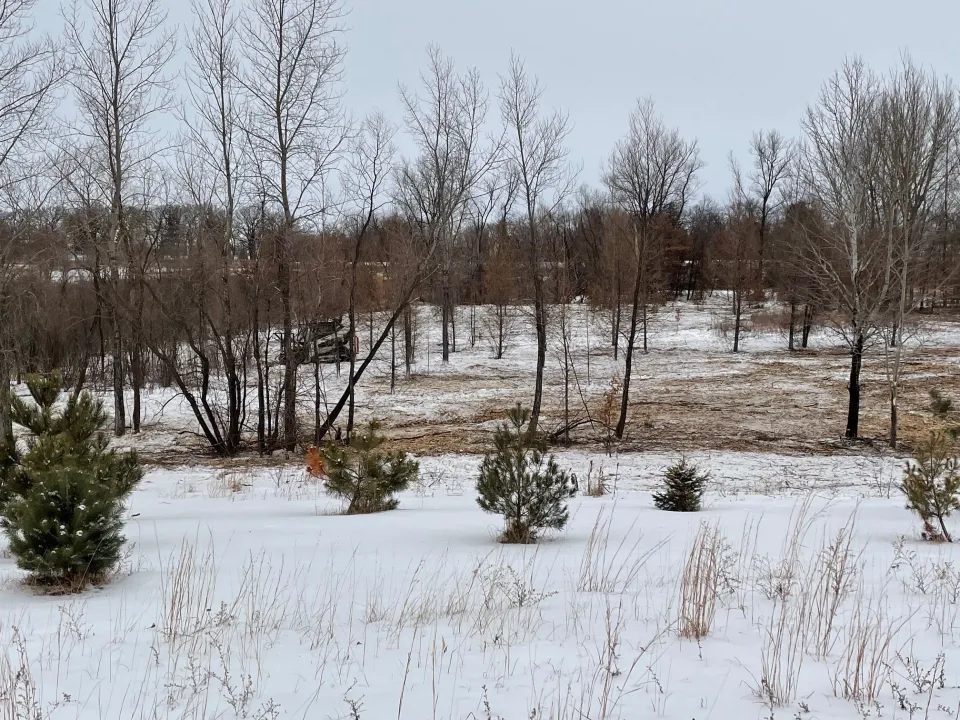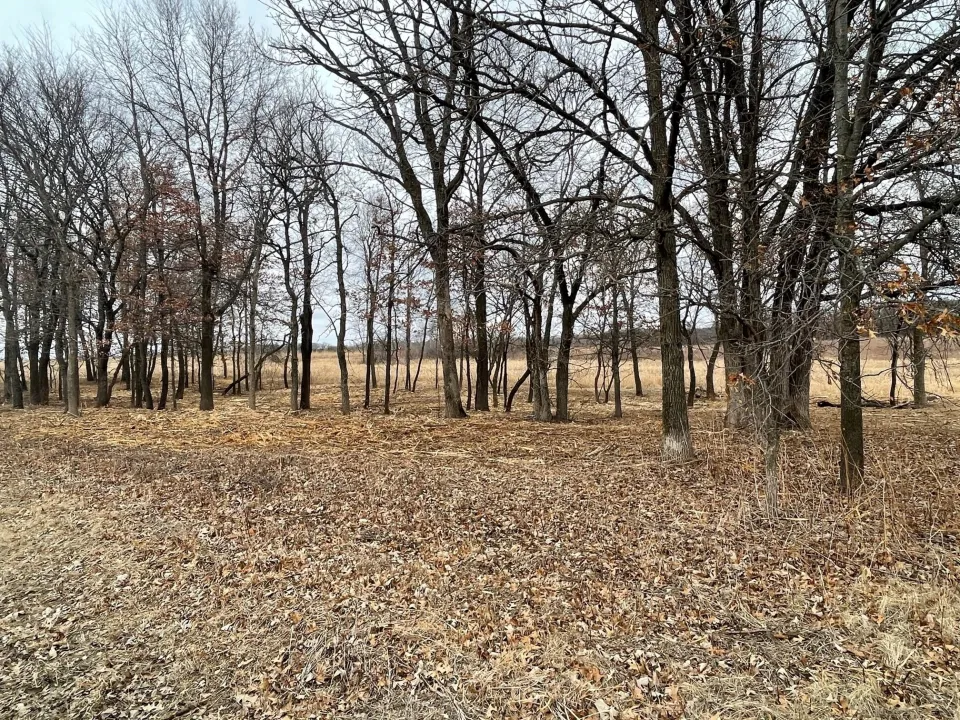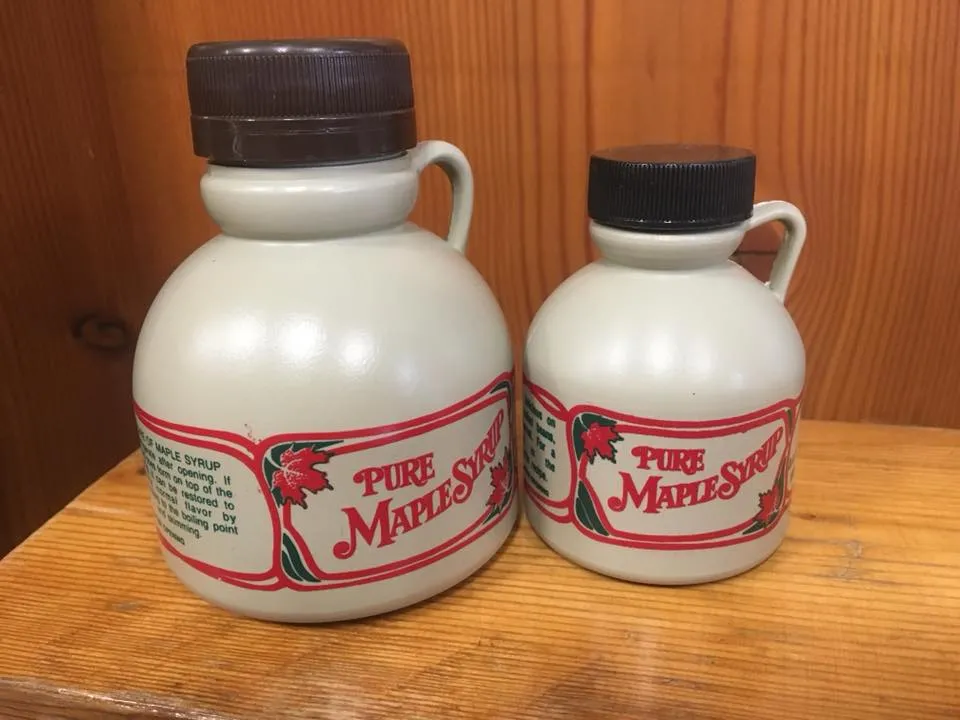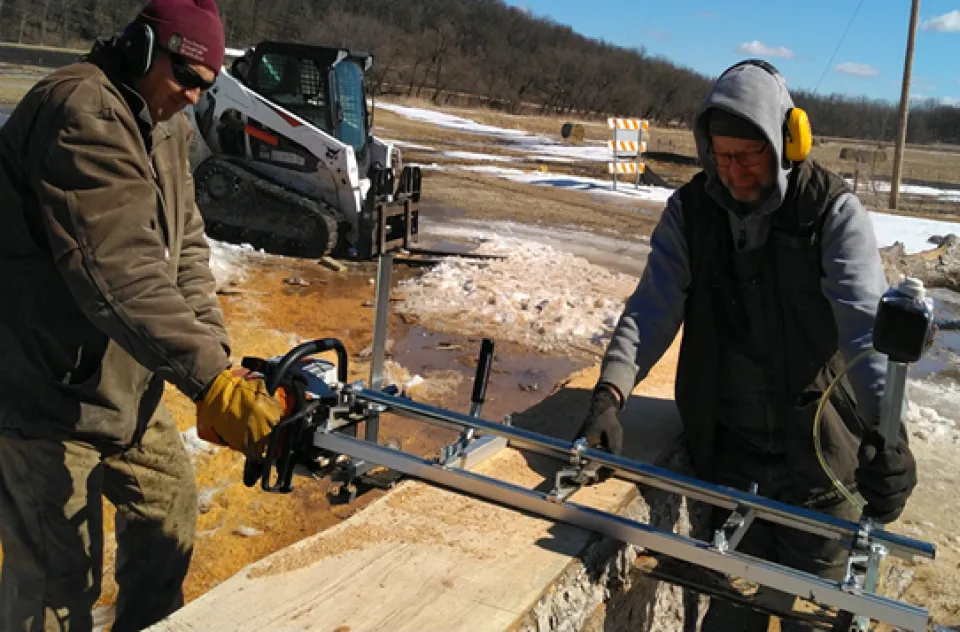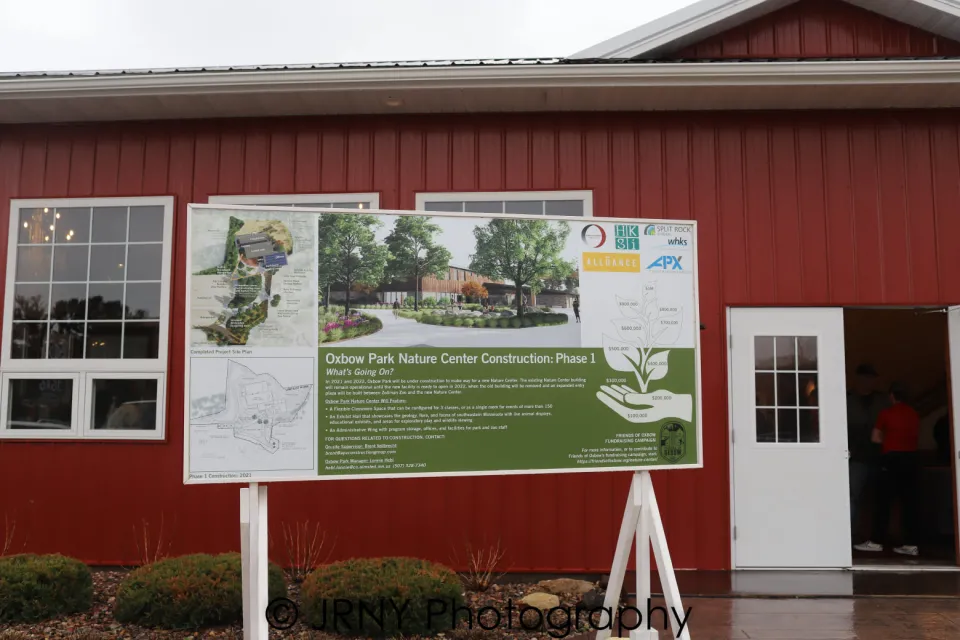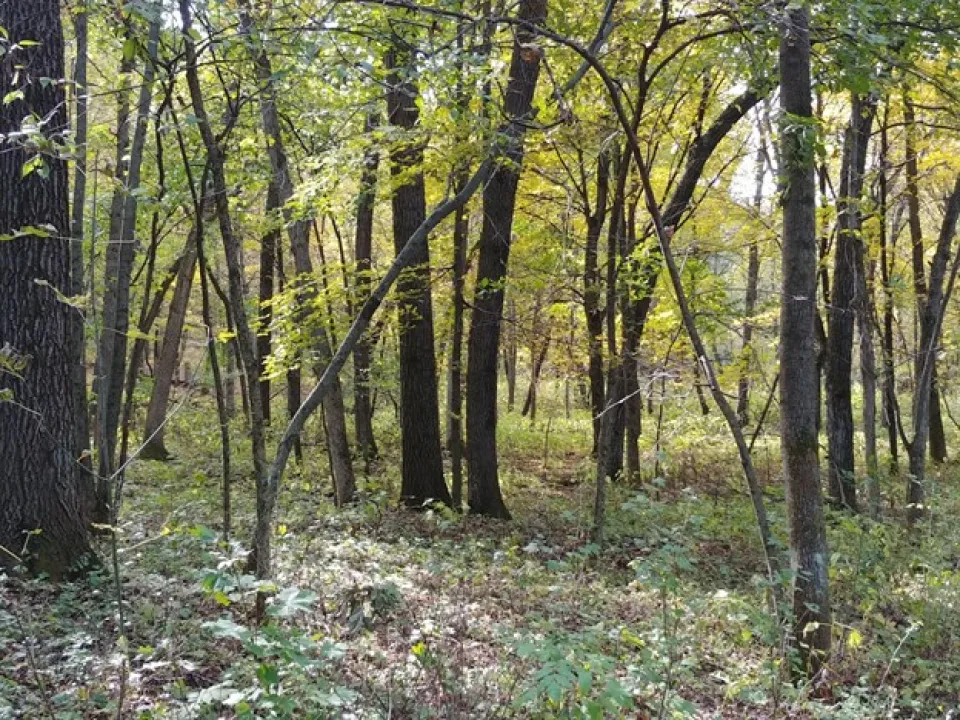Olmsted County Parks Newsletter - Summer 2022
Volume 8, Issue 2
In this Issue:
Maple Syruping, Woodworking Projects, Mechanical Resource Management, and more...
Mechanical Resource Management
Maple Syruping
Woodworking Projects at Oxbow Park
Welcome Megan Long
Friends of Oxbow Update
Friends of Chester Woods Update
by Celeste Lewis
When reading the words “resource management,” what comes to mind? Here in the parks department, we would pre-requisite those words with the word “natural.” Natural resource management involves a wide range of ideas as well, and the term is very broad. According to Wikipedia the definition is as follows:
Natural resource management (NRM) is the management of natural resources such as land, water, soil, plants and animals, with a particular focus on how management affects the quality of life for both present and future generations (stewardship)….
A large focus here at Chester Woods Park has been about controlling the spread of invasive species, both on land as well as in the water. This can be a daunting task, especially when you have approximately 1330 acres of park to manage, 112 of that being reservoir.
During the past year, and especially over the course of this past winter, with the assistance of a very dedicated volunteer, the park has been able to use a forestry mower to clear numerous areas in the park of buckthorn and honeysuckle. This mower attaches to the front of a skid loader and is powerful enough to “mow over” trees and shrubs. This piece of equipment can clear acres of invasive trees and shrubs in a fraction of the time that it would take us by hand.
Loren Martinson has been volunteering for the past two winters at Chester Woods Park. This winter he had the opportunity to run the parks skid loader and forestry mower and clean out over 200 plus acres of buckthorn and honey suckle. The areas that have been cleaned out are almost unrecognizable!
Once the invasives have been “mowed/cleared” by the forestry mower, staff and volunteers will follow up with a chemical spray to kill the stumps of the invasive plants. Once the invasives have been mowed and sprayed, each management area has its own plan on restoration and maintenance. Many areas are followed up with native seedings of grasses and flowers and continued mowing or burning to keep knocking the invasives back and allow the natives to take hold.
The continued maintenance on these sites is very important as the initial clearing will not keep the invasives away in the long run. It takes many years of hard work and dedication to restore an area of land back to its natural state, but the payout is immeasurable.
